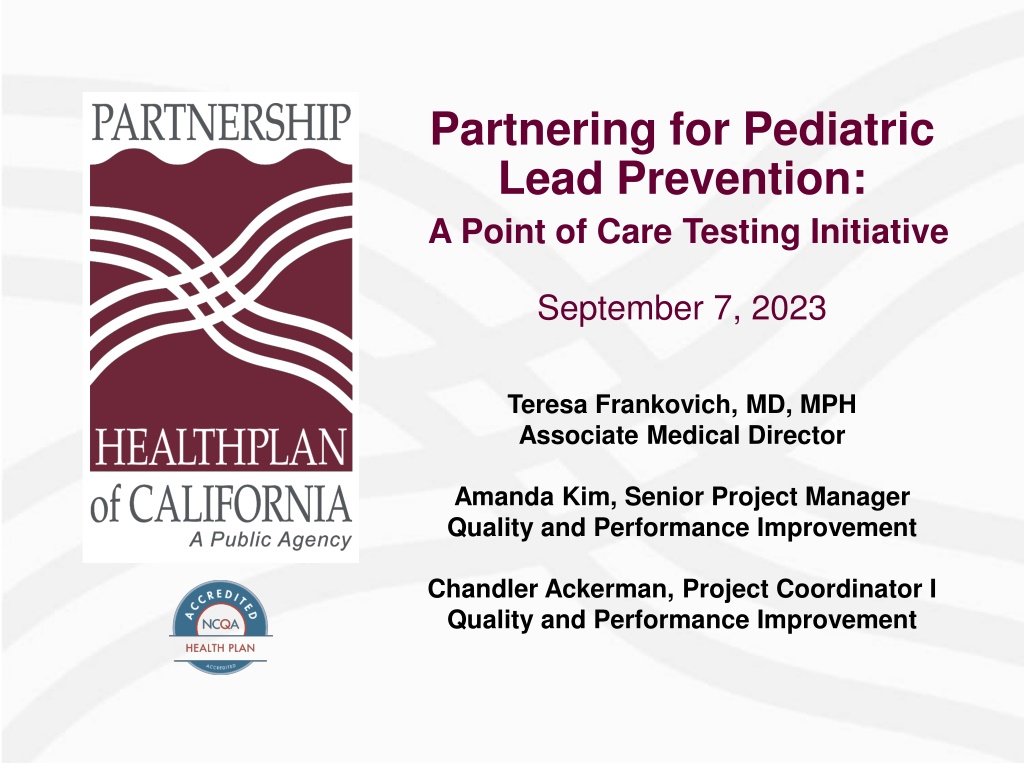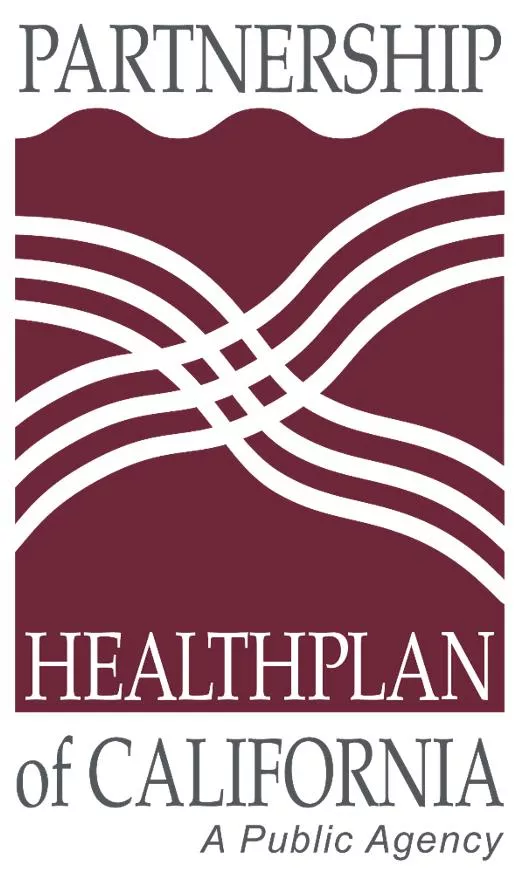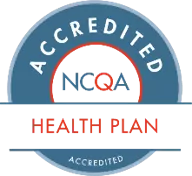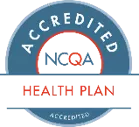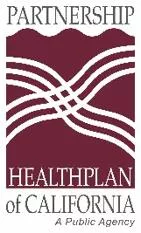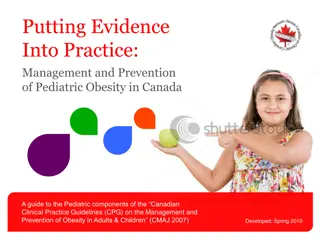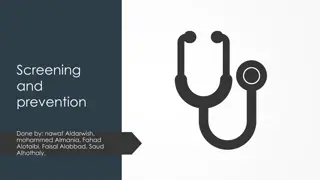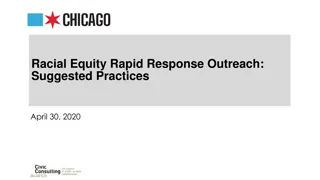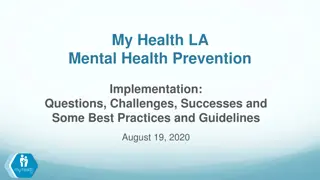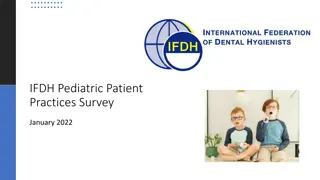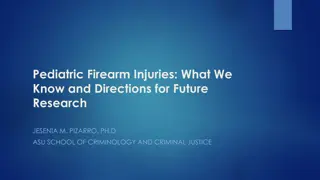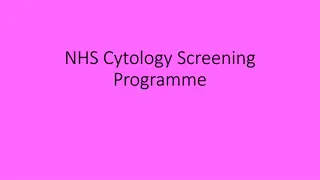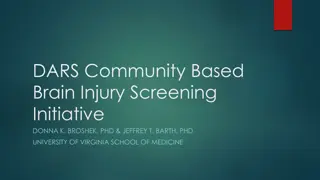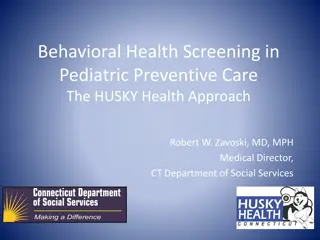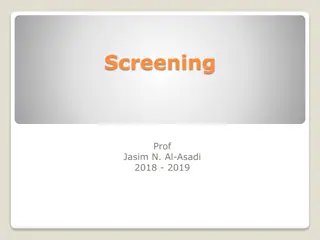Pediatric Lead Prevention Initiative: Best Practices and Screening Performance
This initiative focuses on lead screening in pediatric patients, emphasizing the importance of testing due to the absence of a safe lead level. The program aims to improve compliance with lead testing regulations, including Medi-Cal mandates, and introduce new clinical measures for lead screening. It also highlights identified best practices such as utilizing EMR prompts, standing orders, patient outreach, staff education, and universal lead testing for all children. Performance data indicates varying lead screening rates among different regions and plans, emphasizing the need for consistent testing approaches to enhance pediatric lead prevention efforts.
Download Presentation

Please find below an Image/Link to download the presentation.
The content on the website is provided AS IS for your information and personal use only. It may not be sold, licensed, or shared on other websites without obtaining consent from the author. Download presentation by click this link. If you encounter any issues during the download, it is possible that the publisher has removed the file from their server.
E N D
Presentation Transcript
Partnering for Pediatric Lead Prevention: A Point of Care Testing Initiative September 7, 2023 Teresa Frankovich, MD, MPH Associate Medical Director Amanda Kim, Senior Project Manager Quality and Performance Improvement Chandler Ackerman, Project Coordinator I Quality and Performance Improvement
Why Test for Lead? No Level of Lead in the Body is Known to be Safe
Lead Screening: Variation in Measure Language Medi-Cal Mandate: Lead testing at 12 months and 24 months. Catch up testing should be done once between 24-72 months, if not previously tested. QIP unit of service measure compliance: The number of children between 24-72 months who had one capillary or venous lead blood testing for lead poisoning in their lifetime. Partnership accountability (i.e. HEDIS): At least one lead capillary or venous blood test on or before the child s second birthday.
New QIP Clinical Measure for 2024 Expect that it will be based on HEDIS measure: Members turning 2 years of age in the measurement year with (at least) 1 lead screening in their lifetime* * POC program is expected to use this metric as well
Lead Screening Performance Lead Screening Rates of Members Turning 2 Years 70.00% 60.24% 60.00% 53.15% 50.74% 48.85% 50.00% 46.33% 44.12% 41.89% 39.22% 40.00% 34% 30.00% 23.08% 20.00% 10.00% 0.00% Plan-Wide Northeast Northwest Southeast Southwest Jul-22 Jul-23 Members turning 2 years of age in the measurement year with 1 lead screening in their lifetime 2022 MPL (50th Percentile) = 63.99% Administrative data based on claims
Identifying and Sharing Best Practices
Best Practices Identified: General Place prompts for lead testing in your EMR Create standing orders for office staff to lead test Use Partnership provided lists of patients needing testing to flag chart and to reach out to patients who are behind Provide education internally to all providers and clinic staff serving children on the need for testing and communicate best practices Consider testing allchildren for lead, not just Medi-Cal enrolled so the office process is the same for all children
Best Practices: Visit Before the visit: - Scrub charts and identify who is due for testing During the visit: - Use affirmative language. Example: John is here for his one year check up so we will be testing for lead today. - Obtain blood sample in the exam room at the beginning of the visit. - Consider obtaining a Point of Care testing machine and running specimen during visit.
On-Site Specimen Collection POC testing in clinic Specimen collection in clinic but run on POC machine in local PH Lab Specimen collection in clinic but run at Santa Clara PH Lab Specimen collection in office but run in commercial lab
Engaging Public Health Labs Identify public health labs in PHC service area: Humboldt County PH Lab: Active Shasta County PH Lab Butte County Public Health Lab Solano County PH Lab (serves Napa, Solano, Yolo and Marin Counties): Active Sonoma County PH Lab
GOAL: Increase Lead Testing Rates by Increasing Access to On-site Testing 10 primary care provider sites will be selected to receive the following: A LeadCare II point of care lead testing machine which includes a test kit (48 tests) Additional test kits will need to be purchased by the Clinic Assistance with office set up and training for office staff on specimen collection and use of the LeadCare II testing equipment (provided by the manufacturer)
Eligibility The LeadCare II POC program is open to primary care providers in the Partnership network who meet the following criteria: Serve a pediatric patient population which includes members 0-3 years of age Do not currently have access to point of care testing or have purchased a LeadCare II device within the past 4 months and are requesting reimbursement for that purchase (please attach documentation of purchase). Have a current CLIA certificate of waiver for other POC testing and are able to add LeadCare II to their CLIA waived testing panel OR are willing to apply for a CLIA certificate of waiver
Program Particulars Clinics will contract with Partnership for one year POC devices will become the property of the clinic and the end of one year if successful in implementing testing (criteria still to be finalized) Clinics are required to bill Partnership for testing There is no reporting requirement at this time. Partnership will use claims data to obtain testing numbers Clinics will be required to report testing results to the state as outlined Clinics will be required to have CLIA certificate for waived testing and adhere to CLIA rules/regulation
Submissions Accepted on a rolling basis through October 31, 2023 until all available devices have been placed. Notification should be expected within 3 weeks of submission. The clinic and Partnership will sign an MOU. Delivery of device will be directly to the clinic. Training is available through the vendor online, virtual training by trainer and/or by on-site training. At this time we anticipate delivery of equipment within 14-30 days of award.
Questions and Submissions Please submit the following application and supporting documentation to: leadPOC@partnershiphp.org or before October 31, 2023. General questions may be submitted to this mailbox as well.
THANK YOU FOR YOUR EFFORTS IN LEAD PREVENTION!
